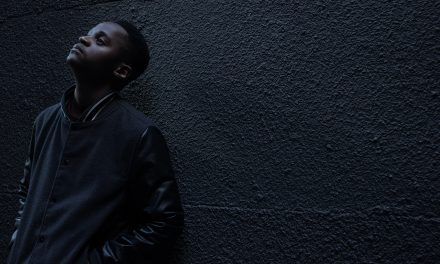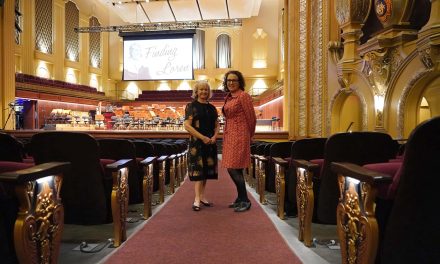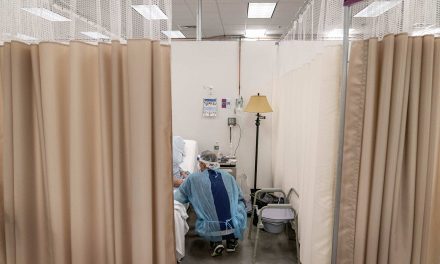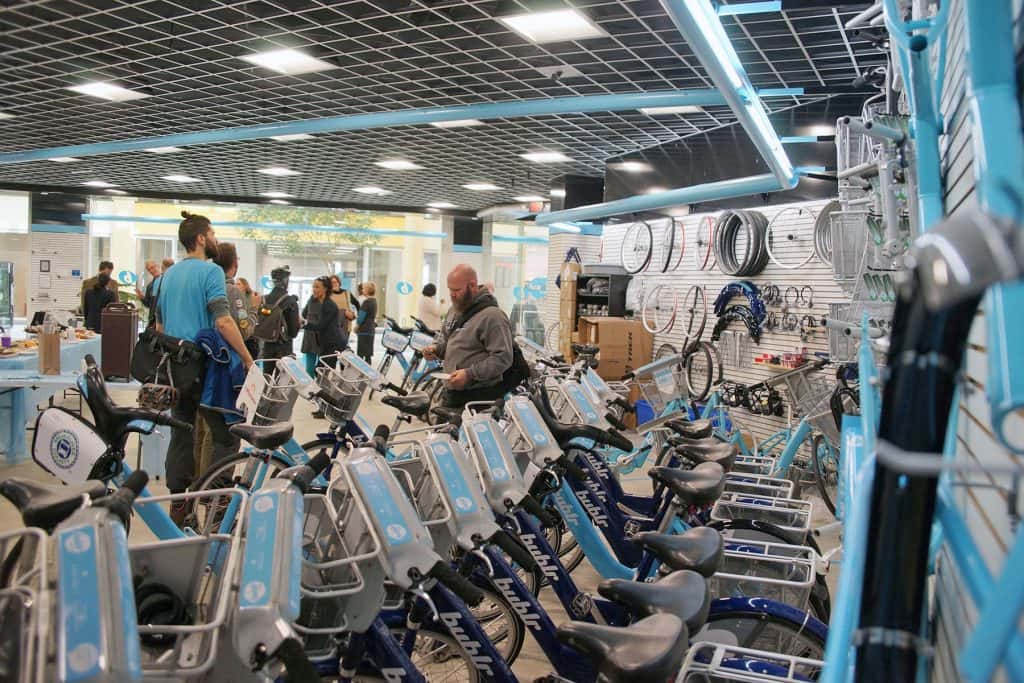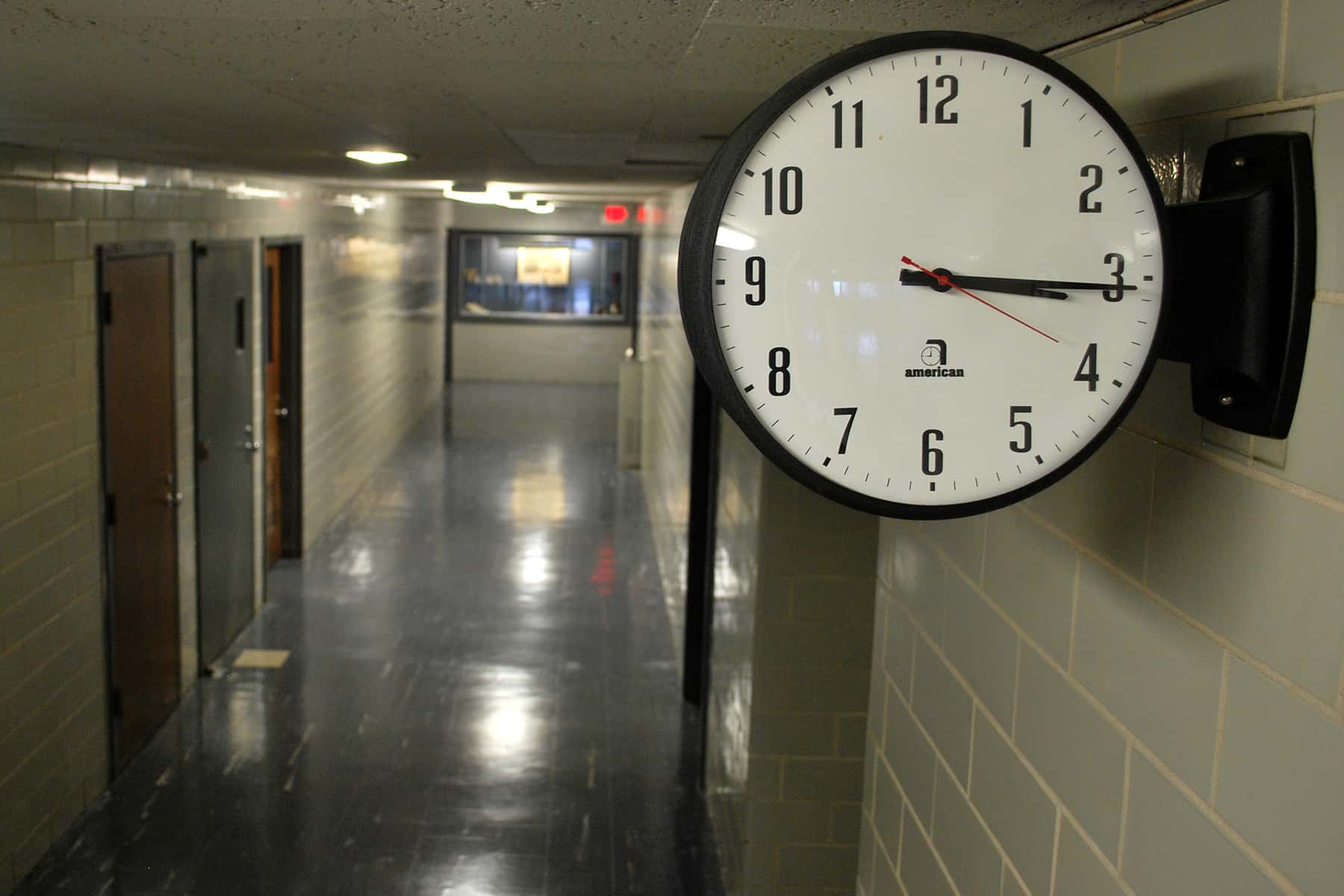
This is an opinion piece. No more and no less. Just an opinion shared in an online publication, not much different than someone’s post on Facebook, a pundit’s commentary, or a politician before the cameras. Some of us stay in our lane, while others venture far outside of it.
In the midst of a global pandemic that will soon kill well over a half million Americans, it’s unsettling knowing that there’s even room for opinions such as mine. In this case, we share our opinions in the hopes it will influence policy as we manage the tragedy that is COVID19. All of us part of a makeshift DIY that fills the void of a year long federal response that was never in the works.
Parents, local health experts, elected officials and a myriad of people across social media all deputized by default. Each weighing in on decisions that should have been made on a national scale by medical professionals, epidemiologists, doctors and the CDC. And while the result of these efforts may be a plan drafted with sincerity, it also can find itself swayed by local influence, moved by tears of frustration and nudged along by an ill-timed desire to return to normal.
Despite this, I cling to the belief that the vast majority of these opinions and the local policy decisions that follow are shared with the best of intentions. From masking policies, to social distancing guidelines, and the ongoing debate about vaccines, we each believe we are doing what is right for ourselves and those we love. Nowhere is this more apparent than with the issue of reopening schools.
In Wisconsin alone there are over 400 hundred school districts, with close to a million students, addressing a singular virus nearly a thousand different ways. Each approach is tweaked with surgical precision based on staffing capacity of a particular school, academic expectations of a community, and the occasional influence of parents wielding instruments of privilege and entitlement.
In school board meetings or online forums we lobby and advocate for what we feel children need to make it through both academically and emotionally. Once unmuted some present the challenges their kids face in a virtual instruction model, while others talk of the fears and risks that come with attending school face to face. Some share data of schools that have reopened with no cases or casualties, while others share the names of teachers and staff across the country who have died after returning to in person learning.
The decision to reopen, however, is complicated by the reality that those making these tough choices are in an untenable and unwinnable position. No amount of training, experience, or good intention can give a local body of elected officials, or appointed medical professionals the bandwidth or ability to solve the conundrum put before them. But this is where we are. We do the best we can, give support to one another and ideally have patience, knowing that in the face of a global pandemic it will never be enough.
Yet it is this humility, uncertainty and discomfort that is central to successfully navigating our way through this crisis. These are the painful feelings we must face.
The risk is that in the absence of humility we end up striving to avoid the inevitable discomfort that comes with a pandemic, ultimately clamoring for a return to normal in these unprecedented abnormal times. We try to talk our way out of the stark reality that is COVID19. We set seemingly informed parameters of risk, and breathe a sigh of relief when people stay six feet away from us, as we smile back with our eyes behind the mask. The virus though doesn’t back down to privilege, nor is it sympathetic to our loss of normal. It is merely looking for an opening. And far too often we continue to crack the door open just enough to invite it in and give it what it wants. More doors opening each day with thousands of Americans waiting to rush in behind it.
The tragedy among all this is that without much fanfare, or recognition our definition of normal has changed. Today normal in America means embracing an acceptable risk of infection, while downplaying the acceptable level of death implied with it. Normal in America, means witnessing 4,000 deaths a day, while some do nothing to stop it. Normal where a “not in my backyard” approach is marked by so far, so good playdates and Super Bowl parties. Normal means such actions are exalted by some as an expression of freedom, while others are tethered to a ventilator, are confined by fear or trapped in grief.
In our schools, normal means we now contort our expectations to find the familiar in a classroom of children six feet apart, faces covered, with teachers masked up and behind a face shield. In this new normal, fear of infection is now as much a part of the student experience as fear of an intruder. And the justification for reopening goes from something we “want to do”, to something that is persistently stretched and rebranded as something that we ‘have to do.”
Ultimately none of us know exactly what will happen as we move to reopen schools. For now, the focus, and rightfully so, is on how to do it as safely as possible. As safely as possible, but not safe enough for those on the fringes of that bargain. The outliers who may be touched by risk; the rare student in an ICU, the teacher in another district who has died, or the family member of a student who just tested positive. These are realities, as rare as they may be, that should not be denied. They cannot be wiped away with anecdotes on how great it feels to be back. Nor can they be erased by a few photos of a “back to normal” classroom that looks like nothing we’ve ever seen before.
Again, this is just my opinion. One of many. Truth be told, I long for the day that my opinion on a topic as significant as a global pandemic is pushed aside by a cohesive body of evidence and experts speaking for a nation, and not just a village. I long for guidance that gives as much weight to the health and well being of the elderly, the immunocompromised, the educators and school administrators, as it does to the educational needs of our children.
Thankfully, such a federal plan will be presented by the new administration in the days ahead. Once it is put before us, those with instruments of influence should not look for openings to alter its guidelines with shortcuts or exceptions tailored to their wants and needs. No, this will be the time for our humility to compel us all to listen and follow the plan to the letter. Doing so will signal a long-overdue shift away from our well intentioned DIY approach, to one that finally compels us to do it together.
If however, we choose not to listen, we need to ask ourselves, what is the price we are willing to pay for a premature return to normalcy? Are we willing to accept the risk of even one life lost unnecessarily to COVID19?
If the answer is yes, then we must step back and ask ourselves and each other, what does this say about who we are?
© Photo
Jаcоb Yаrbоrоugh


